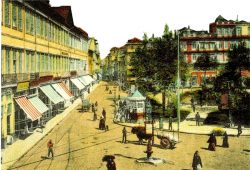 This square dates back to distant times and is the result of a junction of the old roads that, leaving together from the Olival Gate of the Fernandina Walls, next to the Cadeia da Relação, led to Braga (via the current Rua de Cedofeita) and Guimarães (via the current Rua das Oliveiras).
This square dates back to distant times and is the result of a junction of the old roads that, leaving together from the Olival Gate of the Fernandina Walls, next to the Cadeia da Relação, led to Braga (via the current Rua de Cedofeita) and Guimarães (via the current Rua das Oliveiras).
The earliest known document dates back to 1638, and at that time it was called ‘Largo dos Ferradores’ (Farriers’ Square), because this was where the mounts were prepared for the journey. It was also a place for inns.
In Largo dos Ferradores, in the eighteenth-century mansion of the Viscounts of Balsemão (where the Porto City Council’s Municipal Directorate for Culture is now located), the Hospedaria do Peixe was located in the mid-nineteenth century.
The square was also popularly known as Feira das Caixas (Box Fair), because the boxes for the luggage that the emigrants took to Brazil were made in one of the carpenters’ tents around here.
In February 1791, the Third Order of Our Lady of Mount Carmel was inaugurated in this square, with the Carmel Hospital building.
From July 1853 until February 1910, Praça de Carlos Alberto, to be precise, in front of Tabacaria Havaneza, was the terminal stop for the Empreza Portuense de Carros Ripert vehicle, a heavy wooden and iron horse-drawn cart that made the daily connection to São Mamede de Infesta.
On 12 August 1874, the first American car from Oporto, a direct ancestor of the tram, also departed from this square on the route to Cadouços, in Foz do Douro.
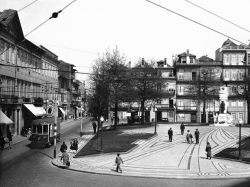 For many years, this was the place where the fair for farm labourers and maids was held. It came here from Praça da Corujeira, and from here it was transferred to the Rotunda da Boavista in 1876. The young men and women came from the suburbs and agreed their working conditions here with their future employers.
For many years, this was the place where the fair for farm labourers and maids was held. It came here from Praça da Corujeira, and from here it was transferred to the Rotunda da Boavista in 1876. The young men and women came from the suburbs and agreed their working conditions here with their future employers.
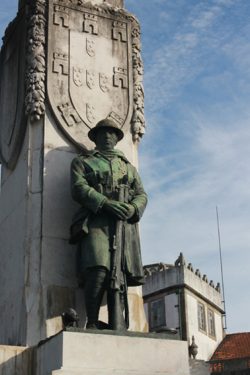 In the 20th century, on 9 April 1928, the Monument to the Dead of the Great War, designed by Henrique Moreira, was inaugurated in Carlos Alberto Square
In the 20th century, on 9 April 1928, the Monument to the Dead of the Great War, designed by Henrique Moreira, was inaugurated in Carlos Alberto Square
The name of this square and the theatre in Rua das Oliveiras pays homage to King Charles Albert of Sardinia, who was stripped of his throne in 1849 after the defeat at the Battle of Novara on 23 March of that year.
He was exiled to Porto for three months before his death.
He lived in the Palacete dos Viscondes de Balsemão in the same square, and died at Quinta da Macieirinha, where the current Romantic Museum is located.
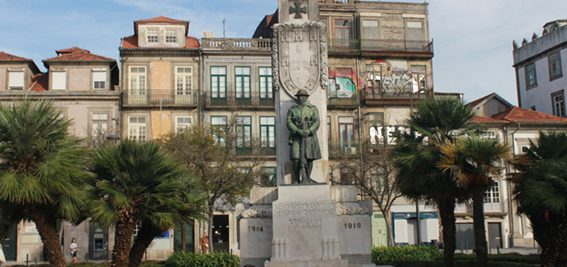

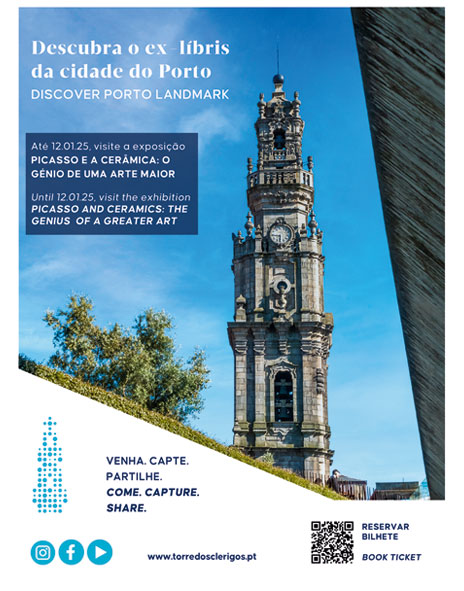

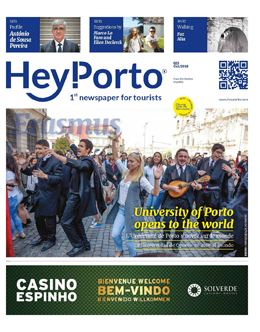

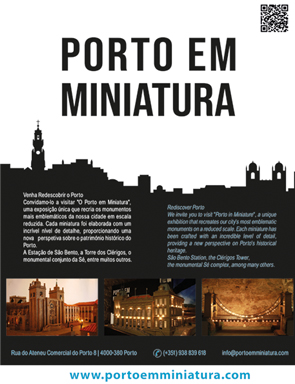


Comments are closed here.